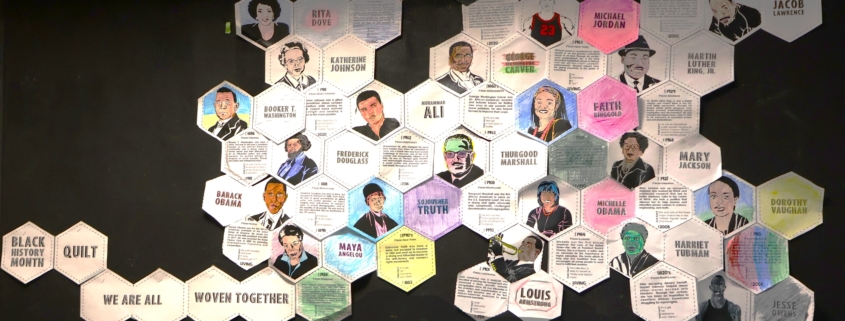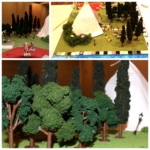We Are All Woven Together
“Fun-Fridays” at Mount Prospect Academy are designed to offer students a chance to engage in learning activities that serve a clinical and educational purpose. Last month, students at Mount Prospect Academy’s Ashuelot Valley Academy Day School began what was initially designed as a hands-on project that used a multi-disciplinary approach to learning about people and topics relating to Black History Month.
History, biography, ELA, and mathematics were brought together as students learned a life lesson – as they noted on their wall- “We Are All Woven Together.” Using what is known as “hexagonal thinking” the projects provide a way for MPA students to enhance their social and emotional abilities as well. Students chose their own topics, in this case important people, and were asked to connect their individual topic to the larger group’s topics however they chose. To create those connections between the people, topics, and ideas requires interaction verbally amongst themselves and with Faculty. While producing the physical pieces of the “hexagon” allows for individuality and creativity embedded in the educational process, the “wall” of connections is a team effort. Only after the “team” had established those commonalities could the “wall” of hexagons be created. The connections to others, the respect for each person’s point of view, and the need for accountability to the group are the clinical hallmarks that created this wonderful exhibition.
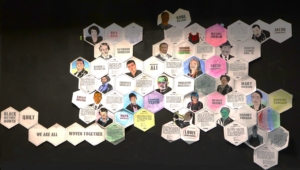
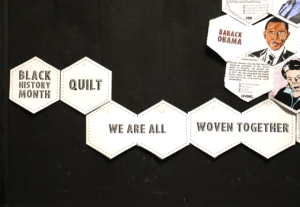
MPA Faculty Gail Hummel and Jenn Burr among others explained what happened next. “The hexagon wall became the starting point for something we hadn’t thought of- something that simply took on a life of its own.”
The “wall” became a “quilt”.
What was paper imbued with connectivity and individuality became a living physical entity that expanded student expression and self-identity in a safe communal environment. As the Faculty noted, “The quilt made itself. We did not weave this quilt to make a community. The MPA community at Ashuelot Valley already existed, and the quilt simply showed that reality.
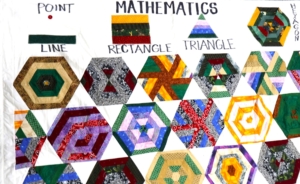
As we step back to the original lesson plan designed to teach about Black History, the connection is clear.
The author, Deanna Parenti wrote that, “for African Americans quilting gave them a sense of a safe place to gather…quilting helped Black women gain a sense of accomplishment and identity by piecing the fabric together, stitch by stitch, each quilt is an individual like its maker.”
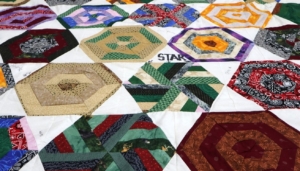
One look at this quilt and a person can unquestionably see a fabric born of the love, self-awareness, ingenuity, compassion, and teamwork that exists in the MPA community.


